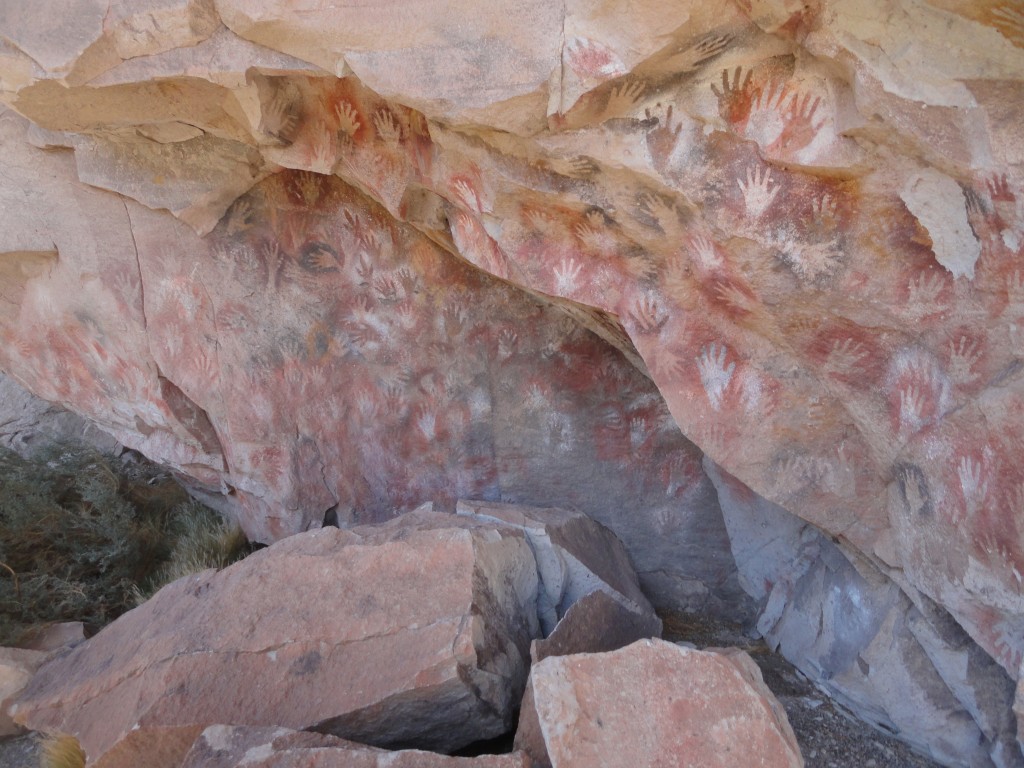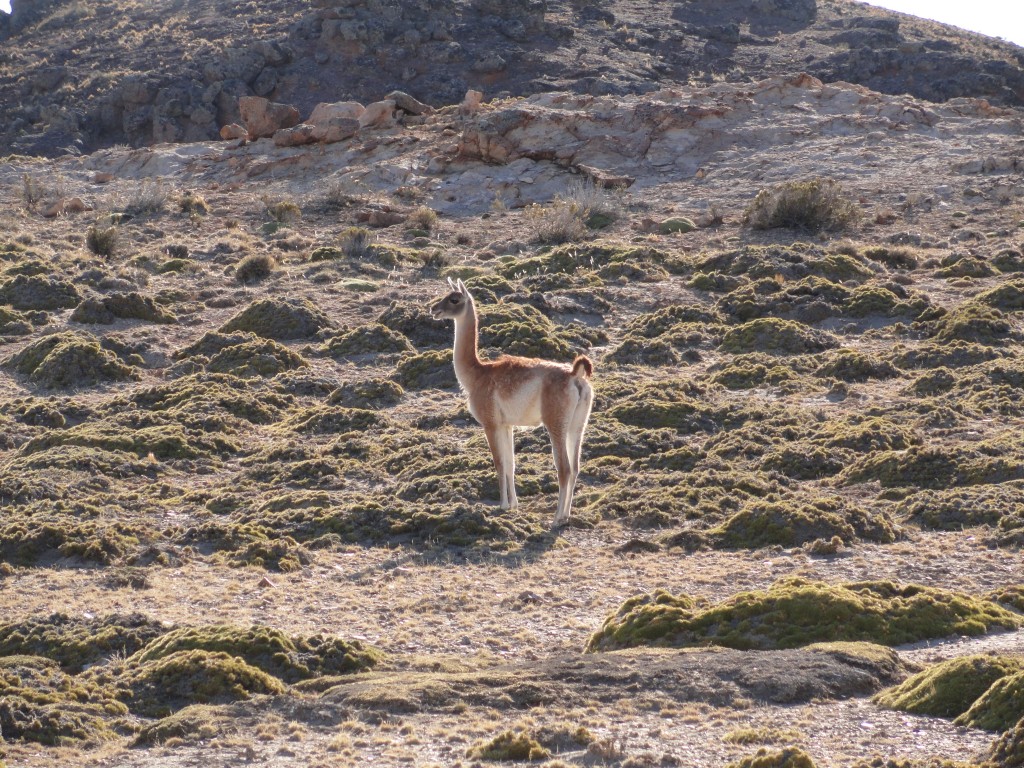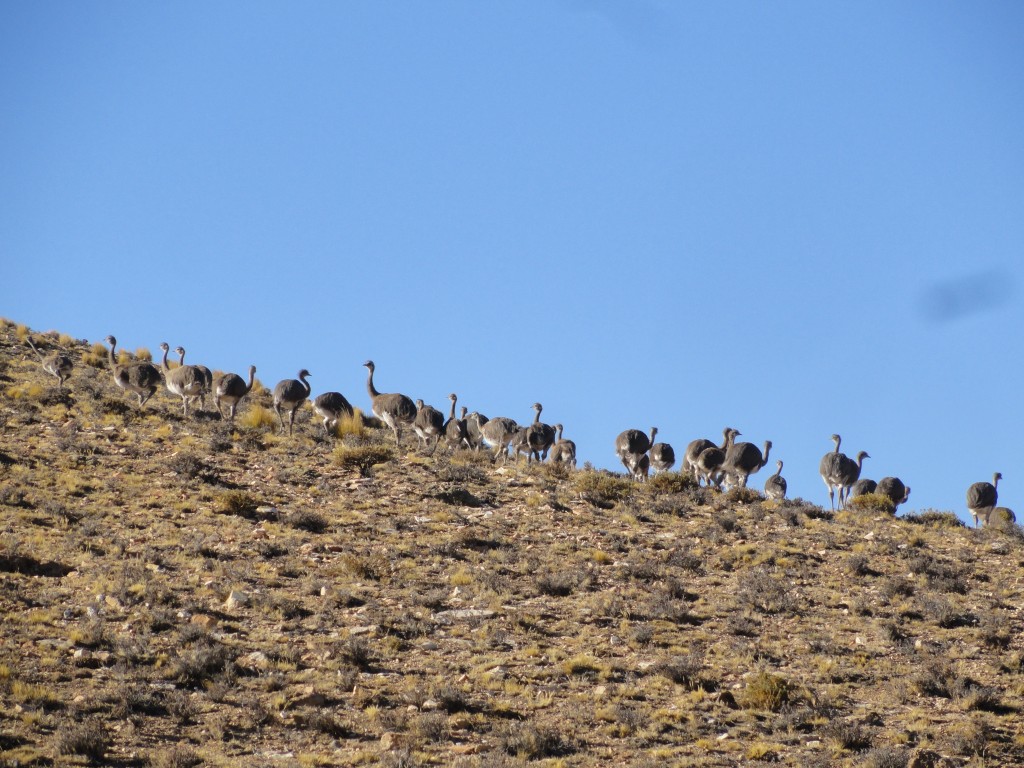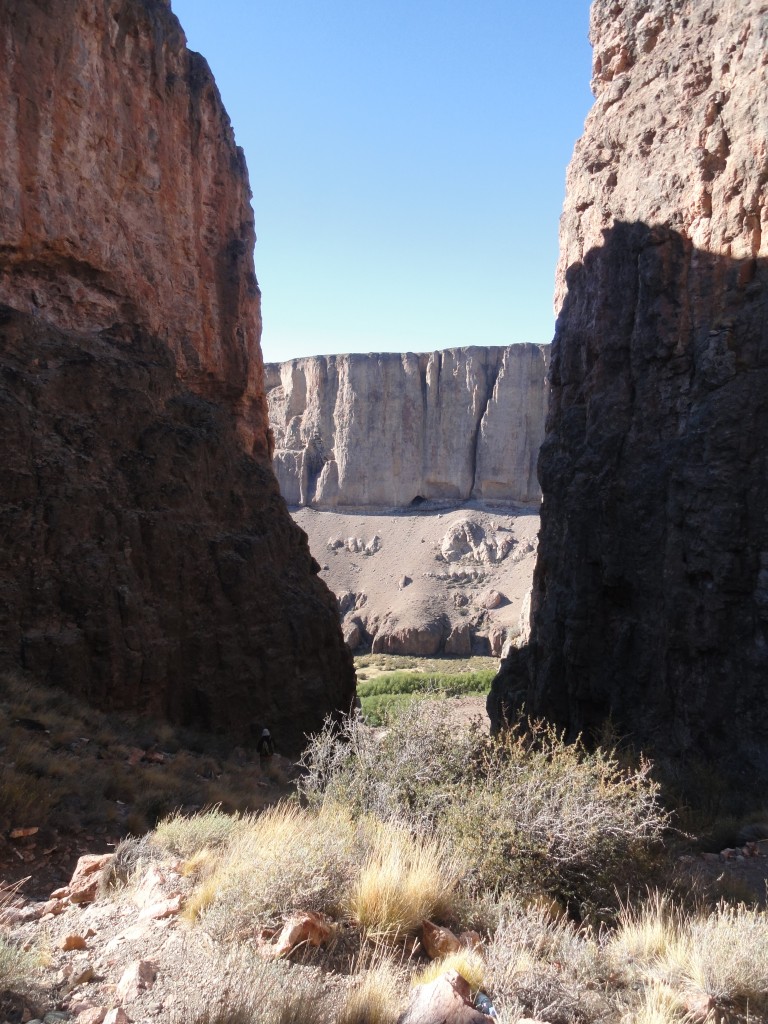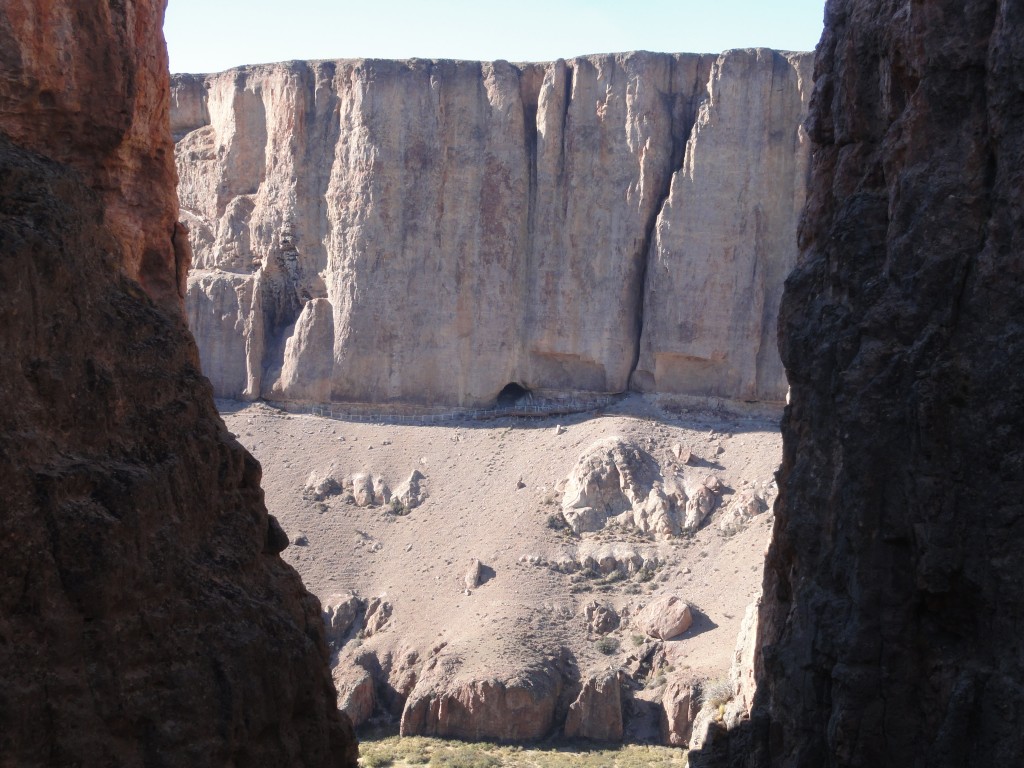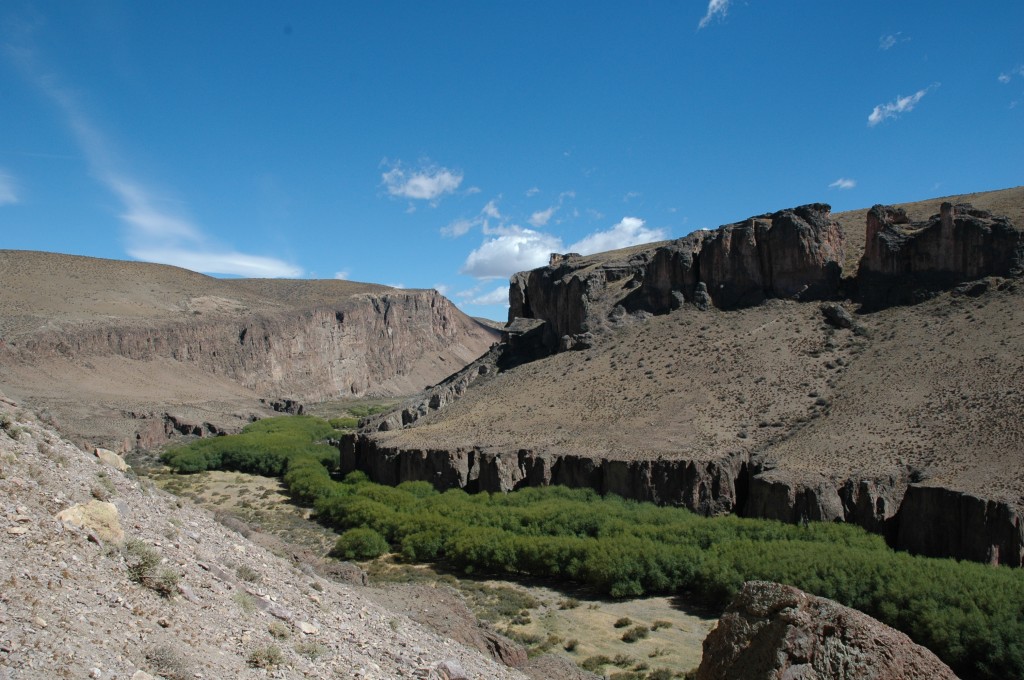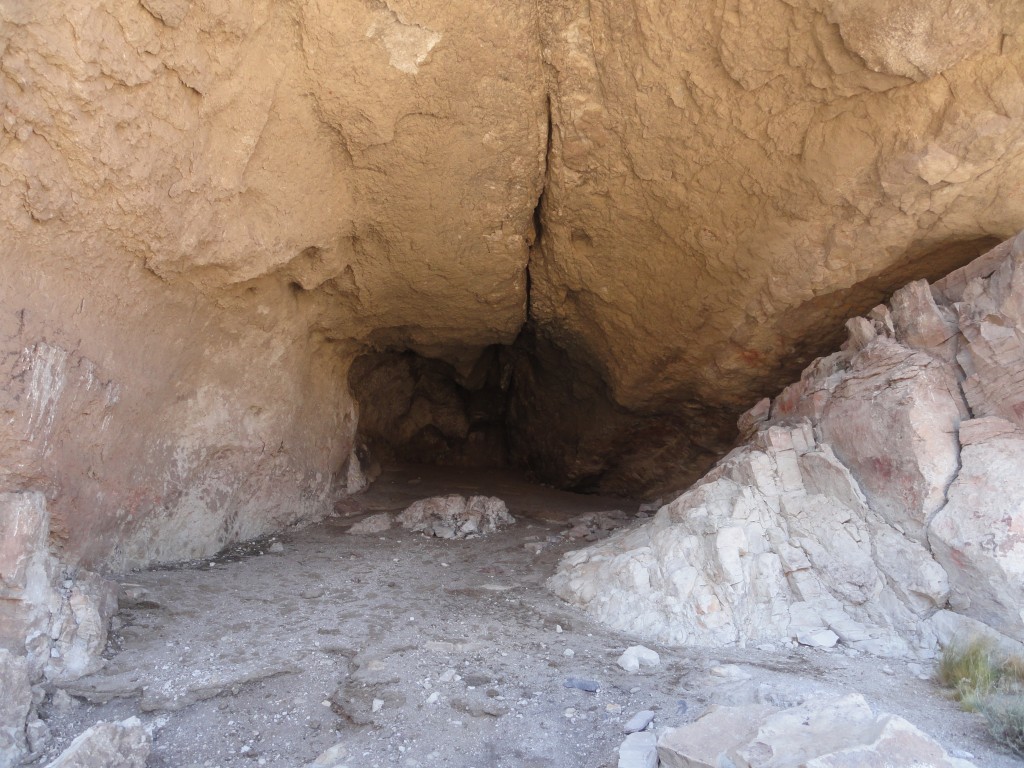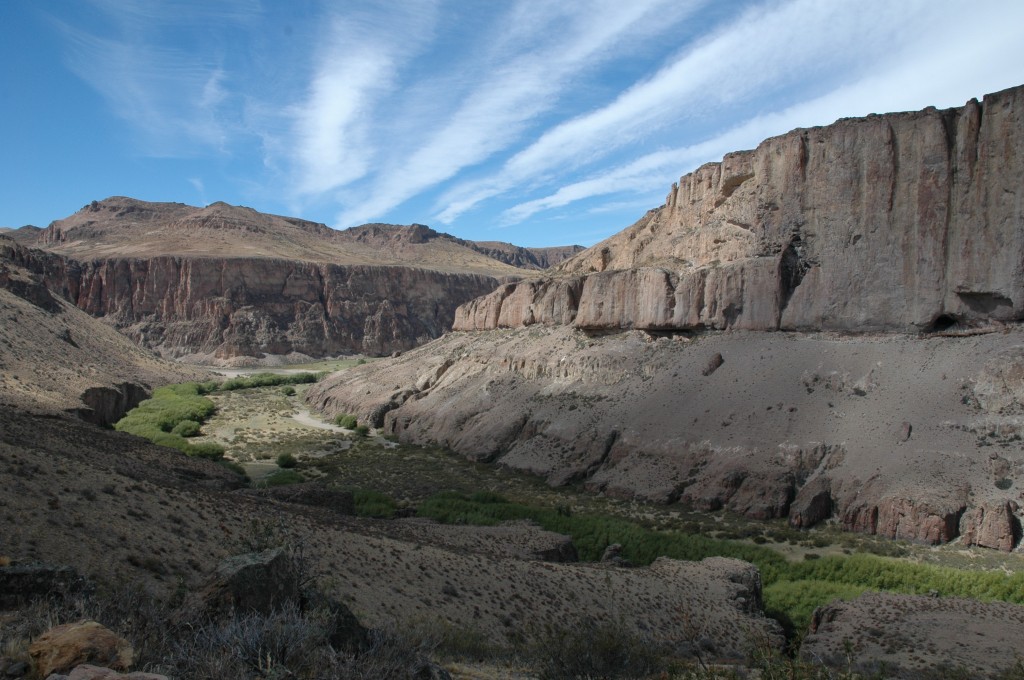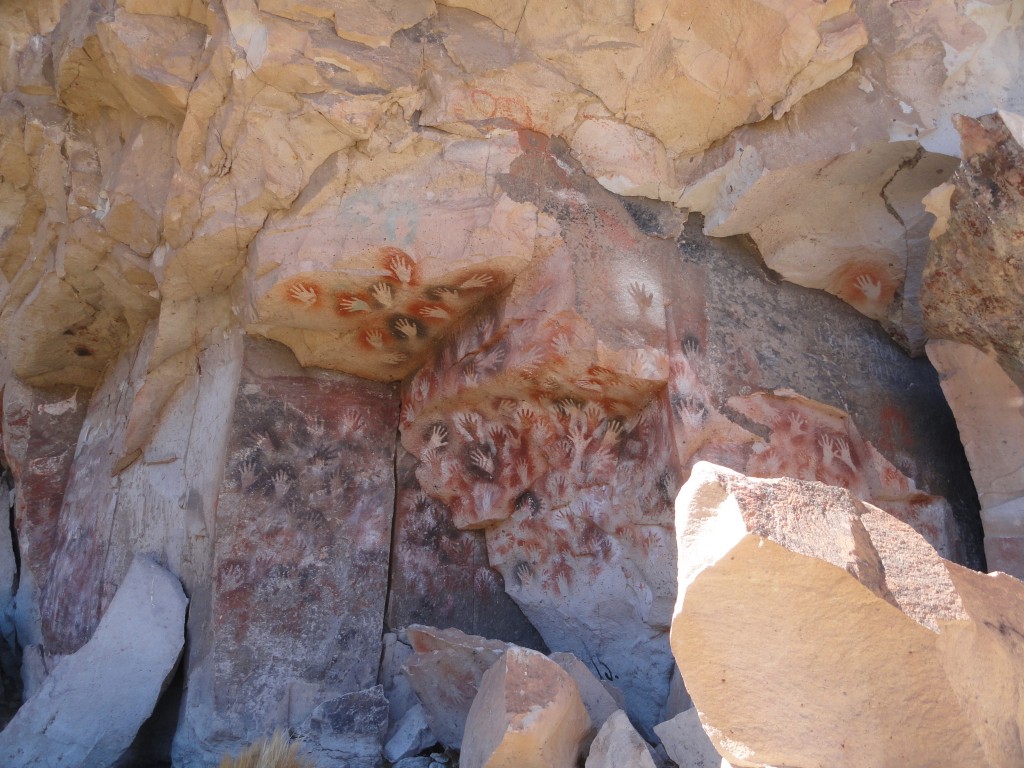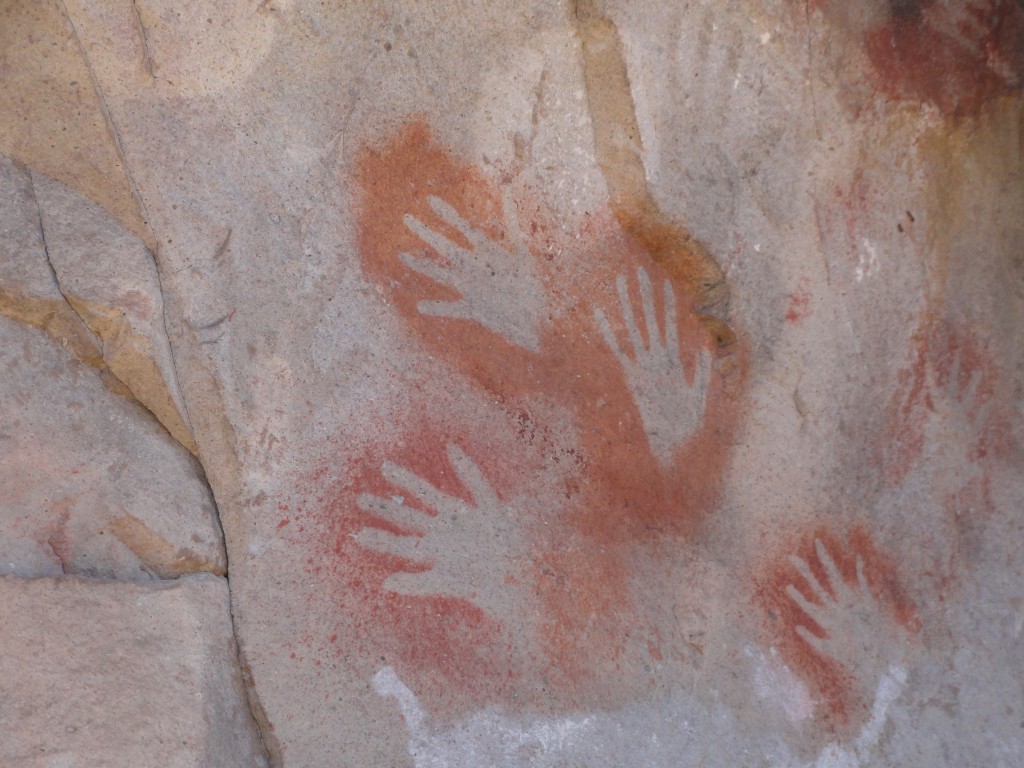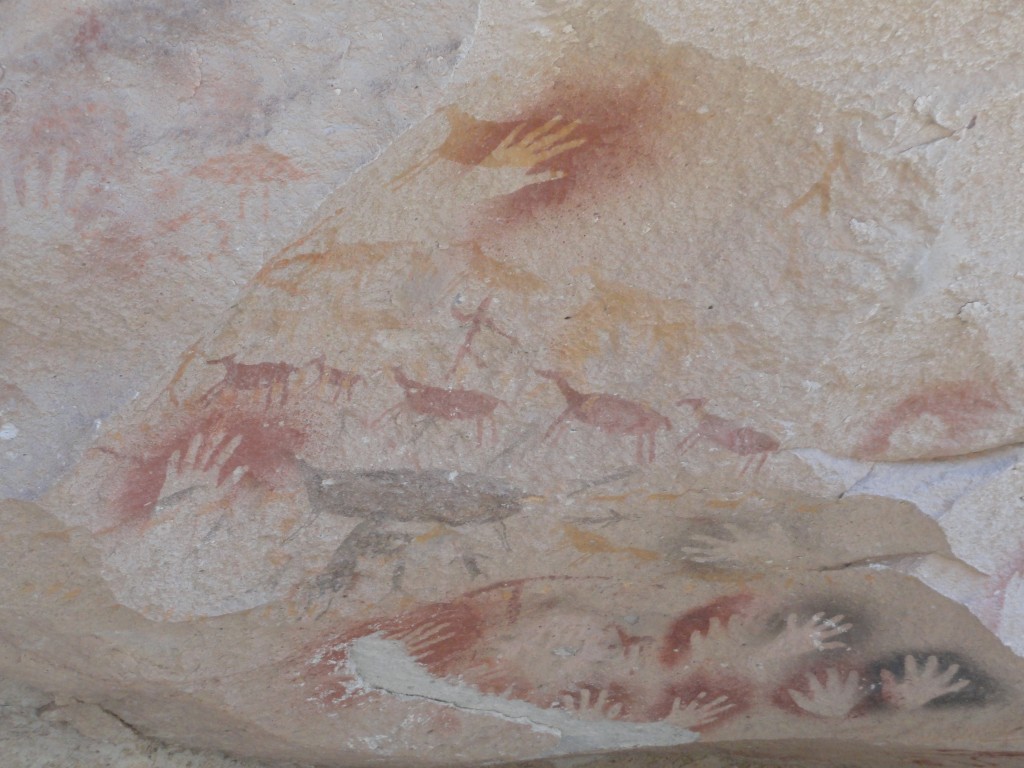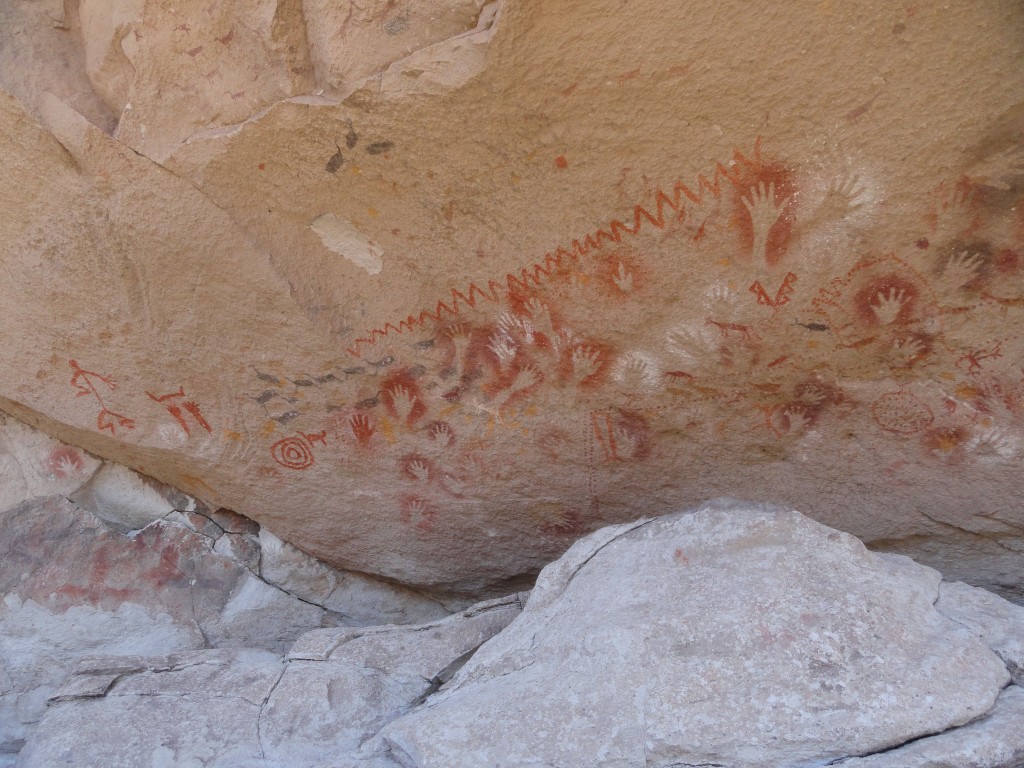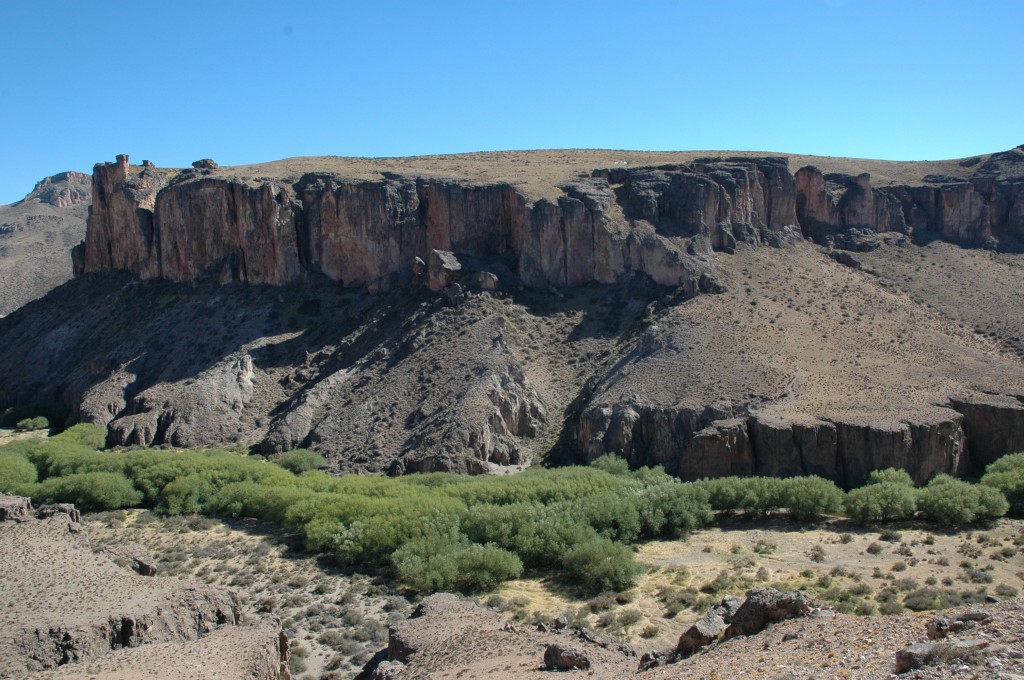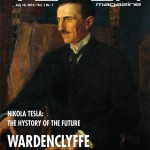 Wardenclyffe. The laboratory, with its iconic tower, has once again reached the almost mythical proportions it once attracted when Nikola Tesla was first erecting it. The recent purchase of the property by the Tesla Science Center at Wardenclyffe ensures that Tesla’s name will touch a new generation of students eager to know about this almost forgotten inventor.
Wardenclyffe. The laboratory, with its iconic tower, has once again reached the almost mythical proportions it once attracted when Nikola Tesla was first erecting it. The recent purchase of the property by the Tesla Science Center at Wardenclyffe ensures that Tesla’s name will touch a new generation of students eager to know about this almost forgotten inventor.
But the concept of wireless telegraphy had become an obsession with Tesla long before the tower began to rise near the Long Island shoreline. Back in the days that Tesla toiled in his South Fifth Avenue laboratory the idea of “radio” began taking shape. According to John O’Neill, Tesla’s friend and first biographer, Tesla had been on the verge of making the “first distance demonstration of his wireless system.” But then in 1895 his laboratory burned to the ground. Everything was lost – his equipment, his experiments, his notebooks, and his dreams. This catastrophe would set Tesla back long enough to give a certain Guglielmo Marconi a chance to leapfrog ahead and receive credit for the discovery of radio.
Off to Colorado Springs
Tesla reestablished himself in another lab in Manhattan, but quickly found the space to be rather limiting for the type of experiments he wanted to pursue. As luck would have it he was invited to build a laboratory in Colorado Springs. Blessed, or perhaps cursed, as one of the most active lightning strike areas in the country, this perfect location also came with a promise of unlimited access to electricity from the city’s newly built alternating current distribution system. Toss in a $30,000 feed stake from Col. John Jacob Astor and Tesla was westward bound.
During his nine-month stay in Colorado beginning in June 1899 and ending in January 1900 Tesla kept voluminous notes and drawings, explicitly detailing his many experiments. Scientists are still today poring through those notes to see what other wonders are yet to be discovered from Tesla’s work.
It was here that Tesla decided it was possible to transmit electric energy through the earth under the proper conditions of resonance. Tesla “quickly discovered that the earth is charged to an extremely high potential and is provided with some kind of a mechanism for maintaining its voltage.” He believed that he had found stationary waves, and that the planet behaved like a conductor. Already the significance of this phenomenon as it relates to the transmission of energy had become clear to Tesla. “Not only was it practicable to send telegraphic messages to any distance without wires, as I recognized long ago, but also to impress upon the entire globe the faint modulations of the human voice, far more still, to transmit power, in unlimited amounts, to any terrestrial distance and almost without loss.”
The main focus of his stay in Colorado was conducting wireless telegraphy experiments with the goal of perfecting the long-range transmission of radio signals. In some of his experiments he tested the idea of how to “tune” a wireless transmitter to respond to specific signals while rejecting others. This improvement was critical for the development of wireless transmission in order to avoid the interception of a signal by others. Alas, while his time in Colorado was extremely productive, one experiment knocked out the little Colorado Springs power station. Not long after, Tesla packed up his bags and headed back East.
[continues below the photo]
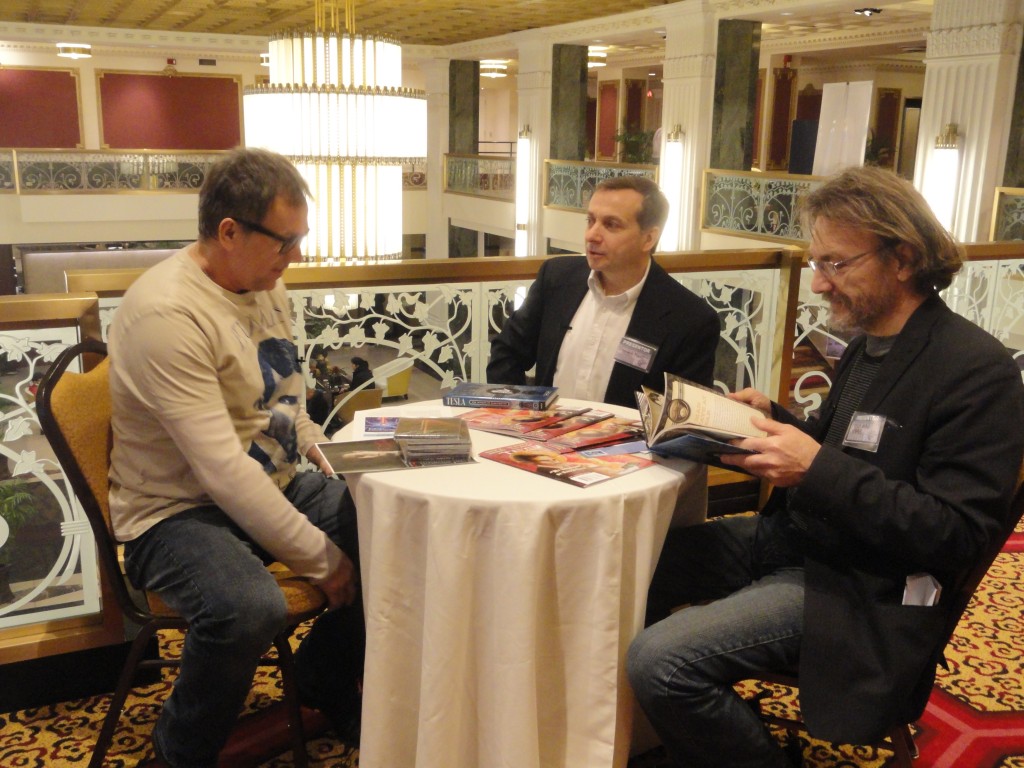
David J. Kent being interviewed by Tesla Magazine
Wardenclyffe
Having advanced his wireless transmission of radio waves and energy in Colorado, Tesla returned to New York in early 1900 with a plan. He envisioned the ability to broadcast under multiple wavelengths from a single station. Purchasing 200-acres in a prime location near present day Shoreham, Long Island and an influx of money from venture capitalists – including a massive $150,000 stake from industrialist J. Pierpont Morgan alone – Tesla began working on the facility and tower that would be named Wardenclyffe.
Designed by famous architect Stanford White, Wardenclyffe consisted of an odd looking tower about “187 feet high, having a spherical terminal about 68 feet in diameter.” Tesla insisted that these dimensions were sufficient “for the transmission of virtually any amount of energy.” Right from the beginning, however, there were design problems. Many contractors balked at the idea of building such a large skeleton of wood topped by a large semicircular electrode that presented itself like a sail to the wind. Tesla also quickly used up the money provided by Morgan, who was none too pleased about the idea of continuing to finance an operation that may never produce results or provide any return on his investment.
Tesla continued to do preliminary experiments as construction moved forward, though this occurred unevenly because of financial difficulties and many last-minute design changes. Wardenclyffe was much more expensive to build than either Tesla or Morgan had anticipated.
But Wardenclyffe was to be the site where Tesla’s World Wireless System would provide a lucrative commercial exploitation of his long-theorized wireless communication system. This world system combined several of Tesla’s inventions and made possible “not only the instantaneous and precise wireless transmission of any kind of signals, messages or characters, to all parts of the world, but also the inter-connection of the existing telegraph, telephone, and other signal stations without any change in their present equipment.” It was to be the future.
The basic principles were relatively simple. The Earth would act as a conductor of electrical energy, just as would a current flowing through a wire or other conductors. A grounded Tesla coil transmitter would create a large displacement of the Earth’s electric charge. A similar Tesla coil tuned to the same frequency could be used as the receiver, and the energy would flow wirelessly through the Earth from one to the other. Whether this would actually work was something neither Tesla nor anyone else to date has been able to determine.
Unfortunately, the most recent economic downturn of the time – the “Panic of 1901” – had severely strained the available investment opportunities for continuing the wireless work. Tesla wrote to J. Pierpont Morgan repeatedly asking for additional funds, all without reply. Then came Marconi’s (apparent) transmission of the letter “S” from England to Newfoundland. Marconi, using ideas patented by Tesla, had beaten Tesla to the punch. Morgan was livid. Tesla was frantic. By mid-1903 the future of Wardenclyffe looked bleak and Tesla wrote Morgan again – this time to impress upon him that his World Wireless System could accomplish much more than just the wireless communication intended for the tower, it could also provide wireless transmission of electric power. Morgan remained unimpressed. Not seeing how he could make any profit from this “free energy,” he replied in late 1904 that it would “be impossible for [him] to do anything in the matter.” Morgan also discouraged other financiers from investing in Tesla’s enterprise. With Tesla’s earlier alternating current motor patents, and their associated royalties, expiring in 1905, Tesla was quickly running out of money to fund Wardenclyffe.
While Tesla did accomplish some useful things on the site, including invention of his bladeless turbine and sales of Tesla coils, for all intents and purposes the Wardenclyffe experiment was over. Wardenclyffe was eventually transferred to George Boldt of the Waldorf-Astoria in payment for all the years of unpaid hotel charges accrued to Tesla. Depending on who is telling the story, the tower was destroyed in 1917 either by a contractor for scrap so that Boldt could recoup some of his lost income, or by the government to keep it from being used by German spies.
Tesla was not finished inventing, but the most productive time of his life was slowly coming to an end.
But now, nearly a century later, Tesla’s laboratory is being resurrected from years of neglect. Its restoration as a museum and science center is a fitting tribute to a man whose contributions have also long been neglected. Together the museum and the name of Tesla will rise again.
[The above is my contribution to the very first Tesla Magazine, July 10, 2013.]
David J. Kent is the author of Lincoln: The Man Who Saved America, now available. His previous books include Tesla: The Wizard of Electricity and Edison: The Inventor of the Modern World (both Fall River Press). He has also written two e-books: Nikola Tesla: Renewable Energy Ahead of Its Time and Abraham Lincoln and Nikola Tesla: Connected by Fate.
Check out my Goodreads author page. While you’re at it, “Like” my Facebook author page for more updates!
Follow me by subscribing by email on the home page. Share with your friends using the buttons below.
Like this:
Like Loading...
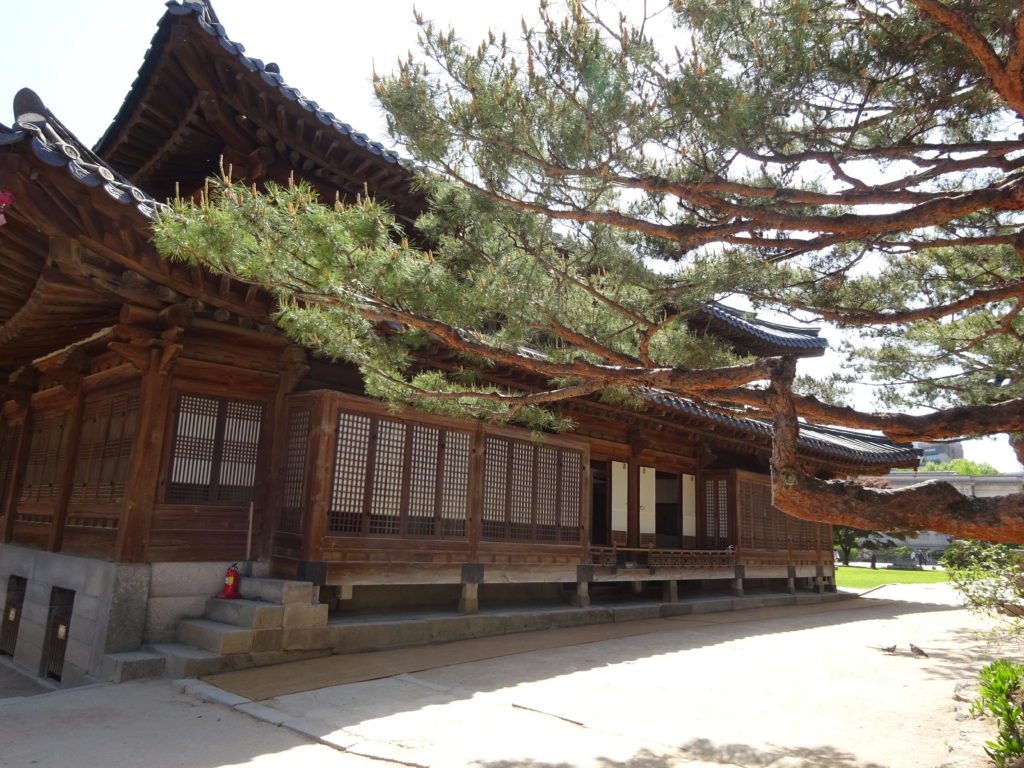
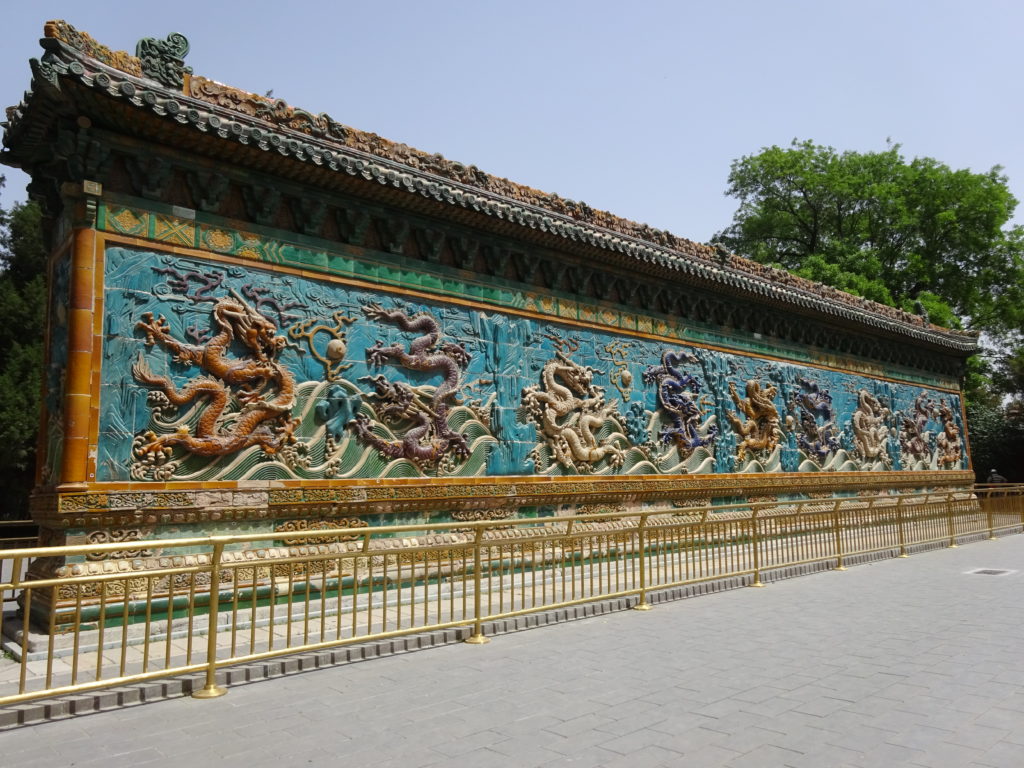
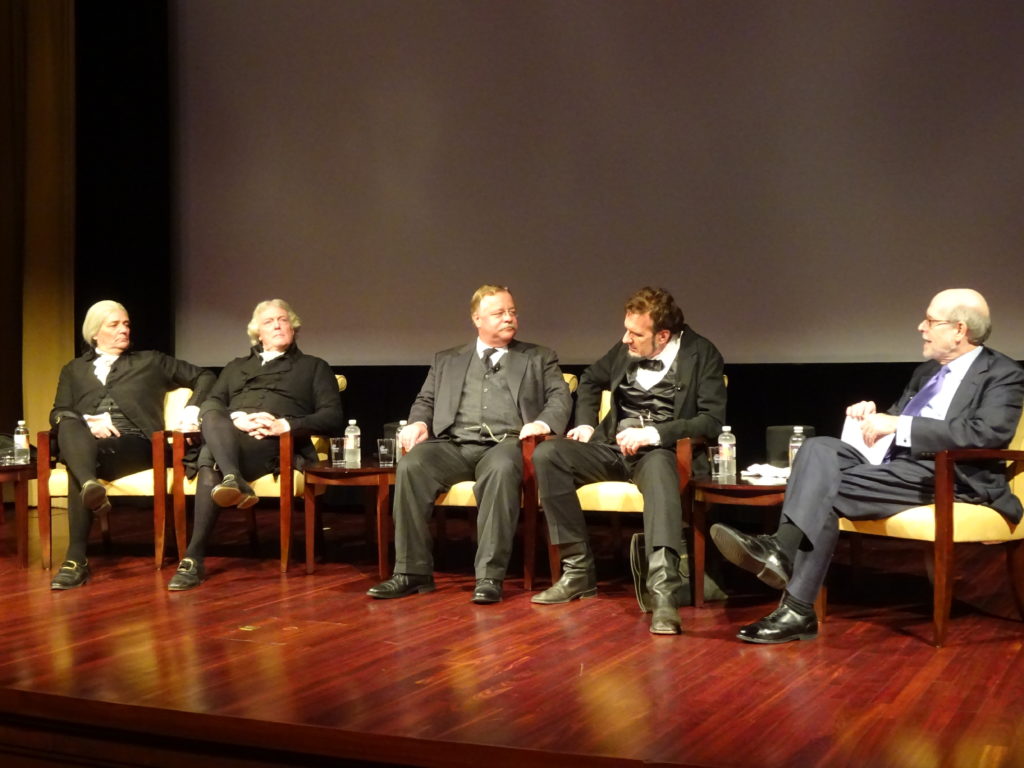



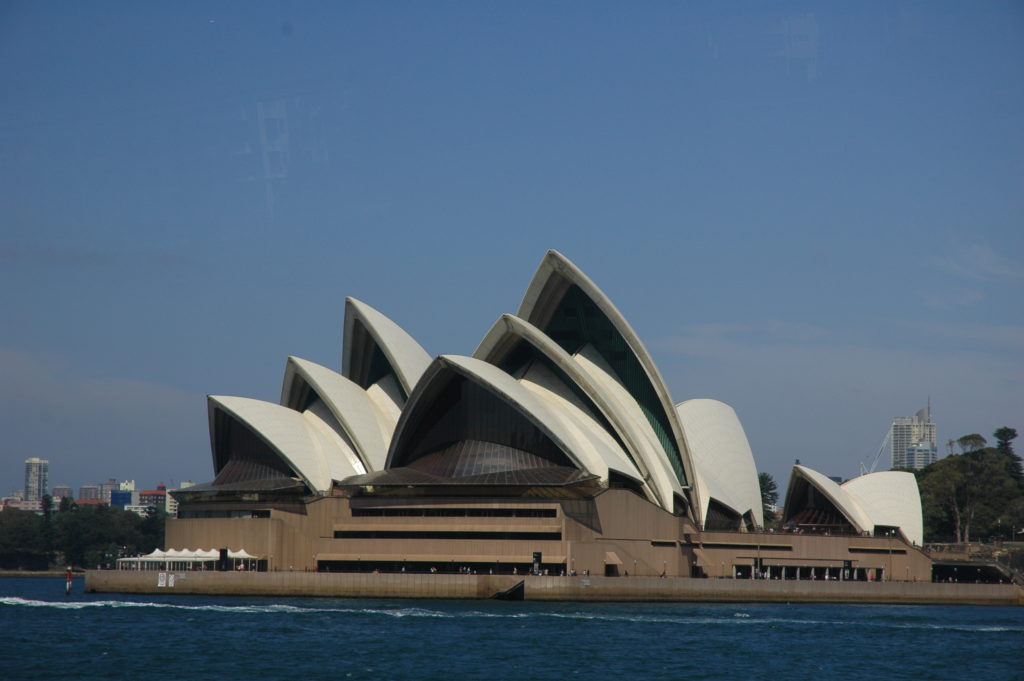

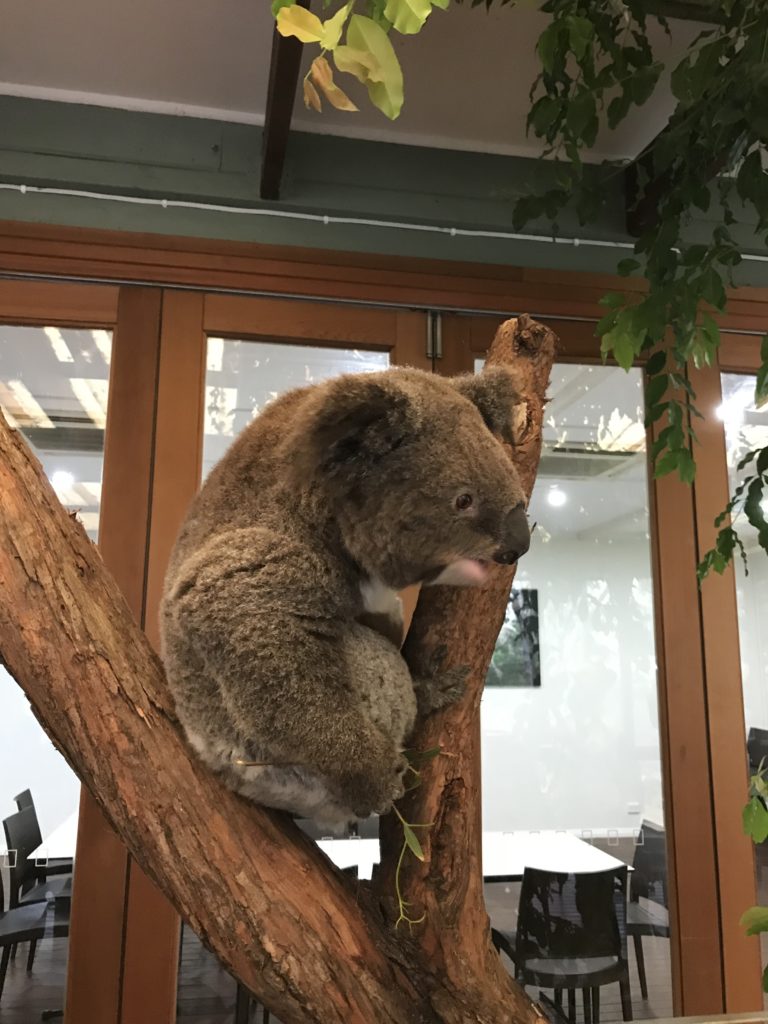

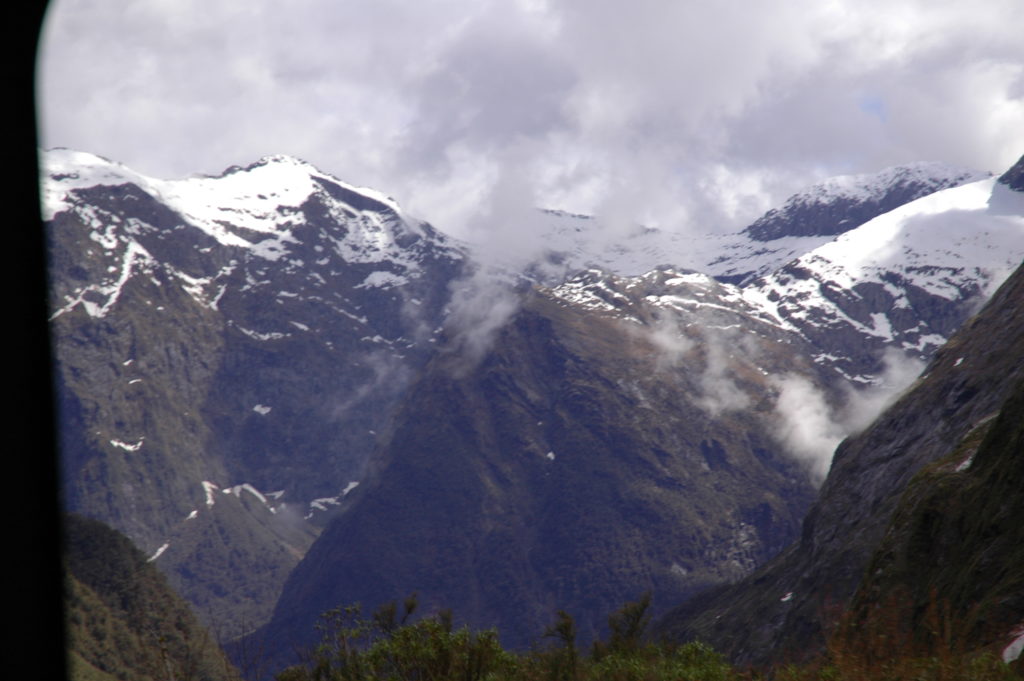
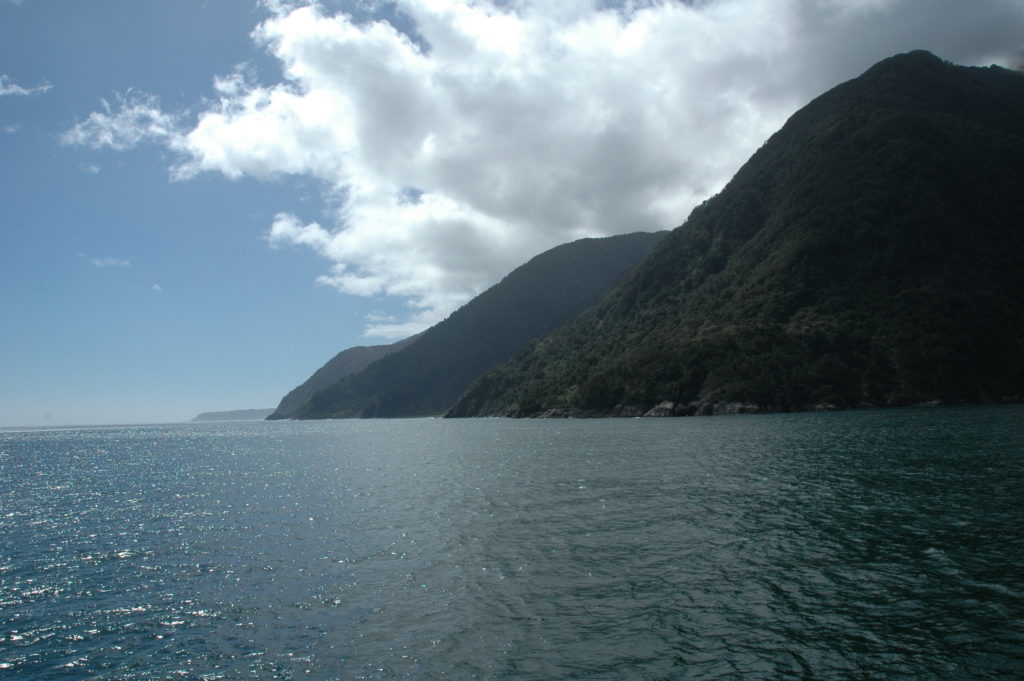
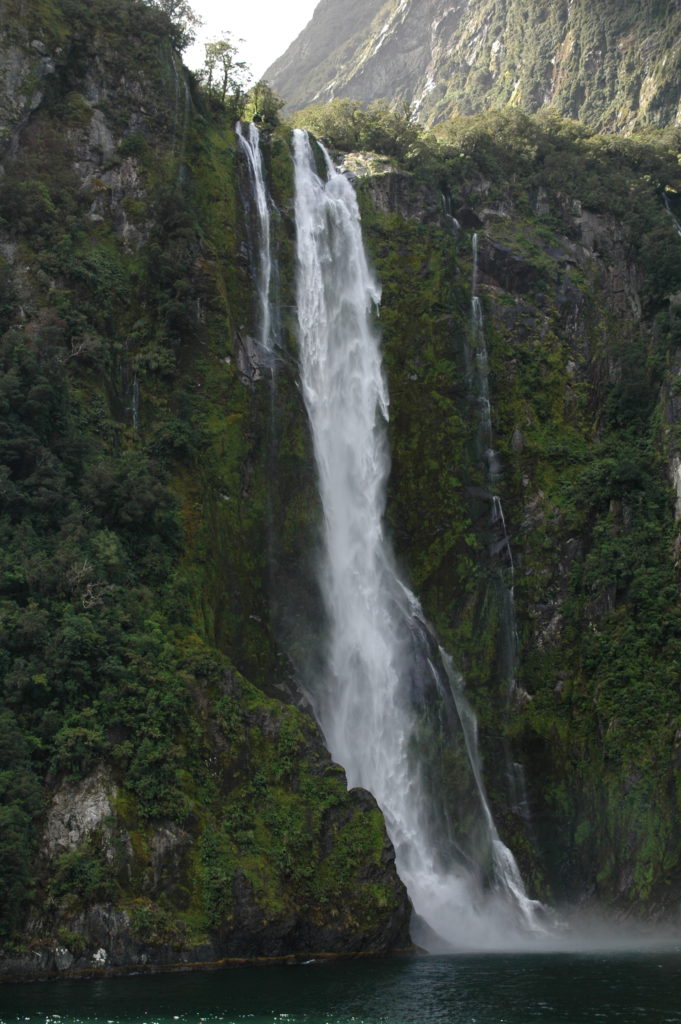
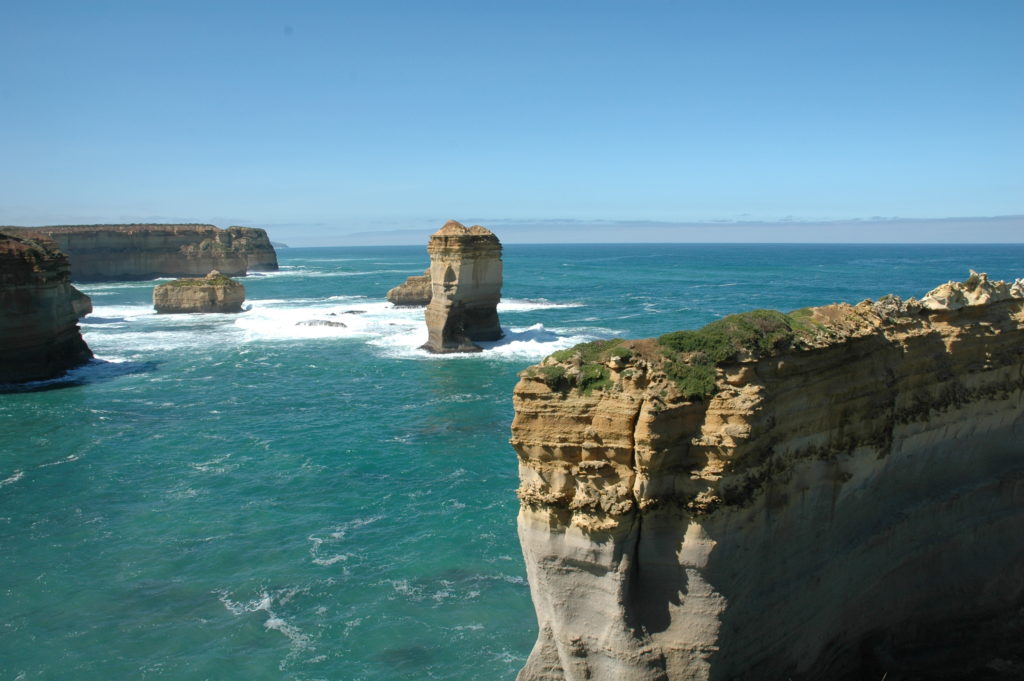


 Wardenclyffe. The laboratory, with its iconic tower, has once again reached the almost mythical proportions it once attracted when Nikola Tesla was first erecting it. The recent purchase of the property by the Tesla Science Center at Wardenclyffe ensures that Tesla’s name will touch a new generation of students eager to know about this almost forgotten inventor.
Wardenclyffe. The laboratory, with its iconic tower, has once again reached the almost mythical proportions it once attracted when Nikola Tesla was first erecting it. The recent purchase of the property by the Tesla Science Center at Wardenclyffe ensures that Tesla’s name will touch a new generation of students eager to know about this almost forgotten inventor.
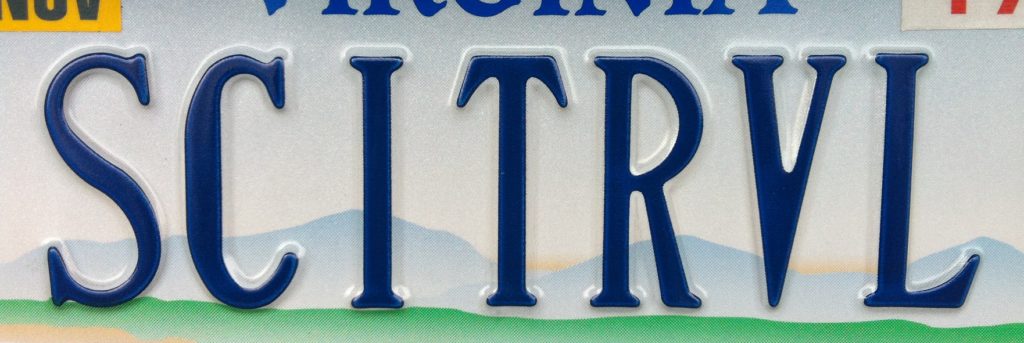 My third year of science traveling ended up being a lot different in execution than it was in design. Trips planned were dropped, trips not planned were added, and I was forced to work around an unforeseen distraction. And yet I still managed to hit several new countries, at least one new state, and enjoyed what most would consider a very good year in Science Traveling. I’m finished traveling for the year so it’s time for a quick recap.
My third year of science traveling ended up being a lot different in execution than it was in design. Trips planned were dropped, trips not planned were added, and I was forced to work around an unforeseen distraction. And yet I still managed to hit several new countries, at least one new state, and enjoyed what most would consider a very good year in Science Traveling. I’m finished traveling for the year so it’s time for a quick recap.